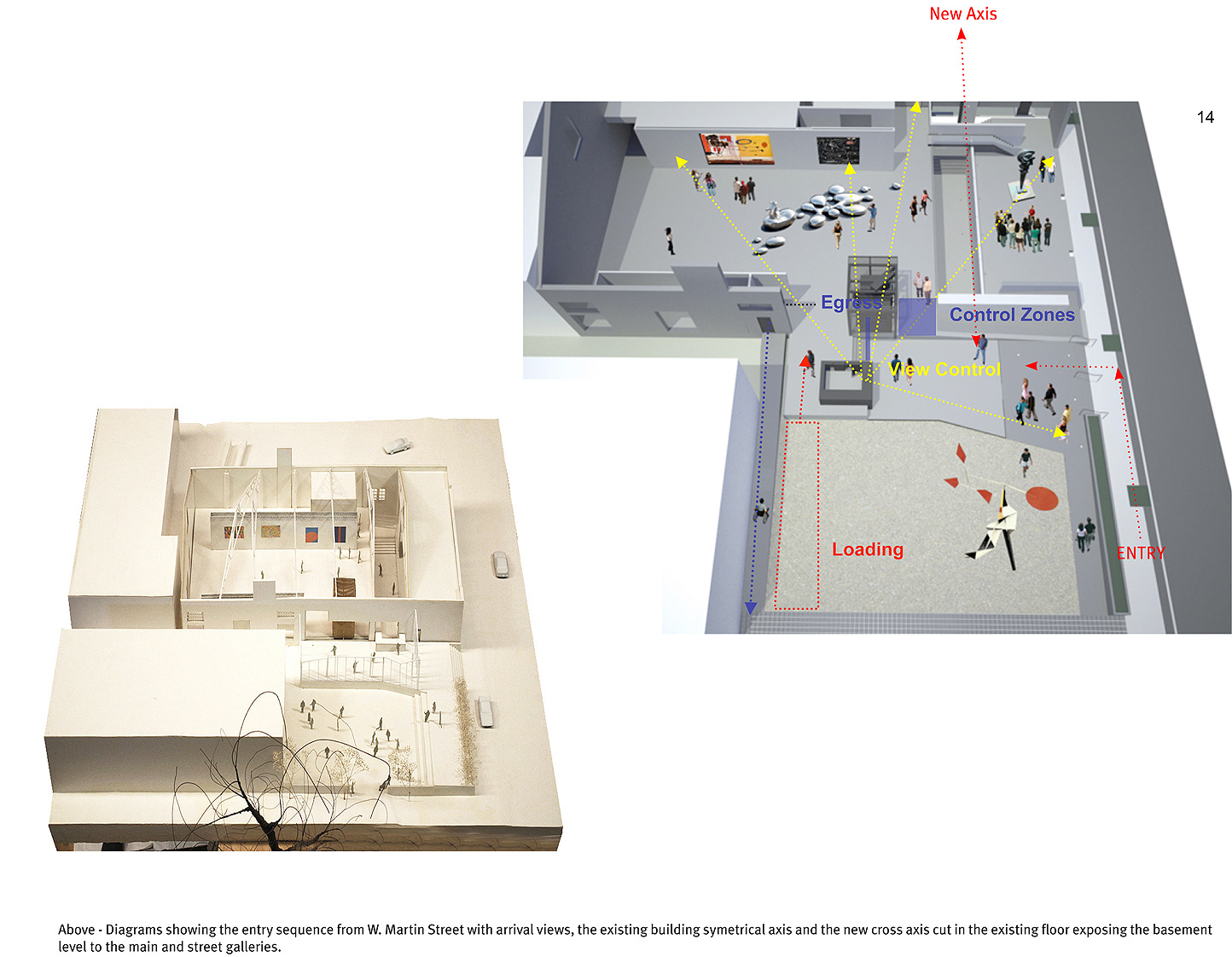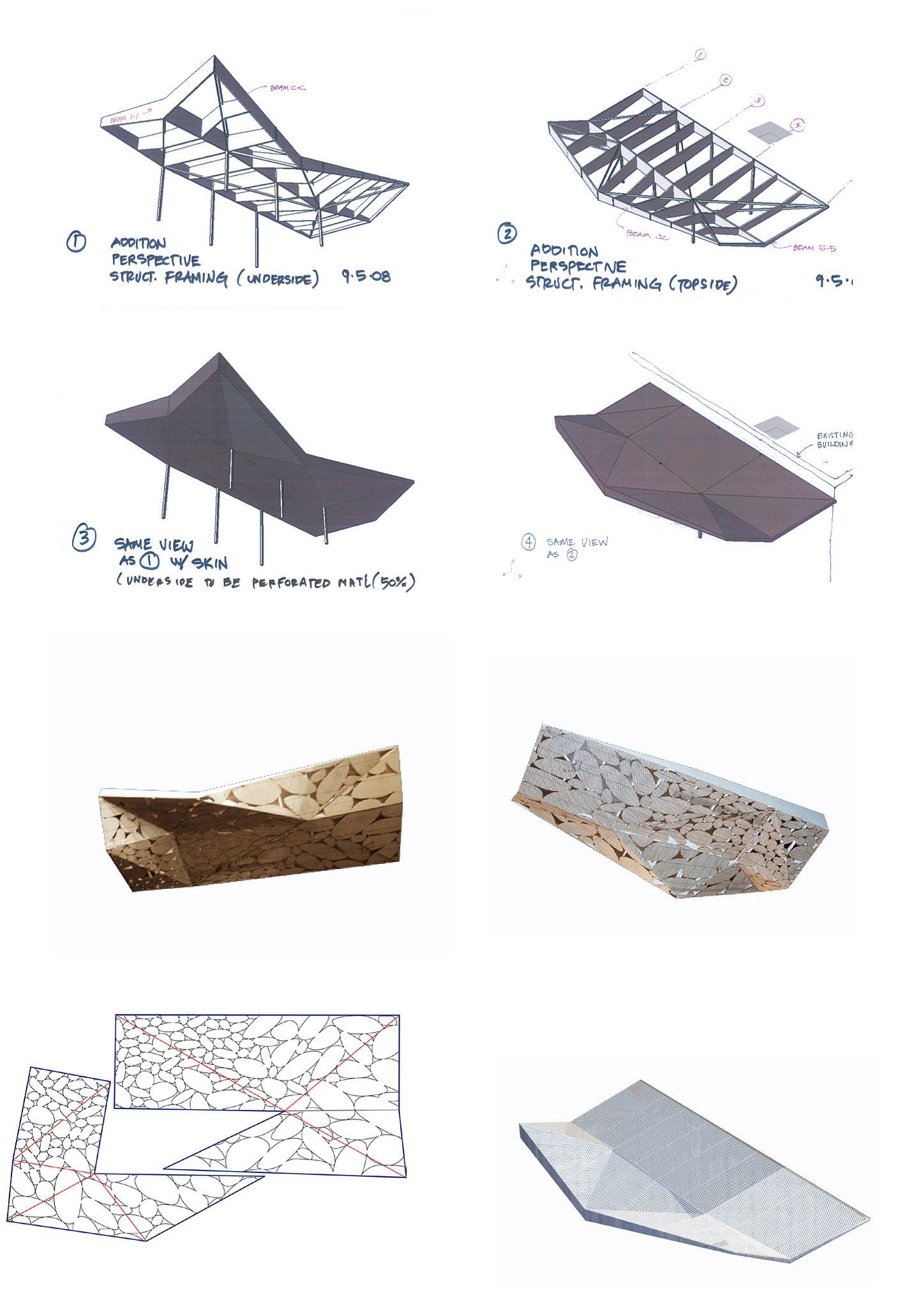CAM Museum Raleigh, NC
CAM Museum Raleigh, NC
CAM Museum Raleigh, NC
CAM Museum Raleigh, NC
CAM Museum Raleigh, NC
CAM Museum Raleigh, NC
CAM Museum Raleigh, NC
CAM Museum Raleigh, NC
CAM Museum Raleigh, NC
CAM Museum Raleigh, NC
CAM Museum Raleigh, NC
CAM Museum Raleigh, NC
CAM Museum Raleigh, NC
CAM Museum Raleigh, NC
CAM Museum Raleigh, NC
CAM Museum Raleigh, NC
CAM Museum Raleigh, NC
CAM Museum Raleigh, NC
CAM Museum Raleigh, NC














CAM Museum Raleigh, NC




CAM Museum Raleigh, NC

